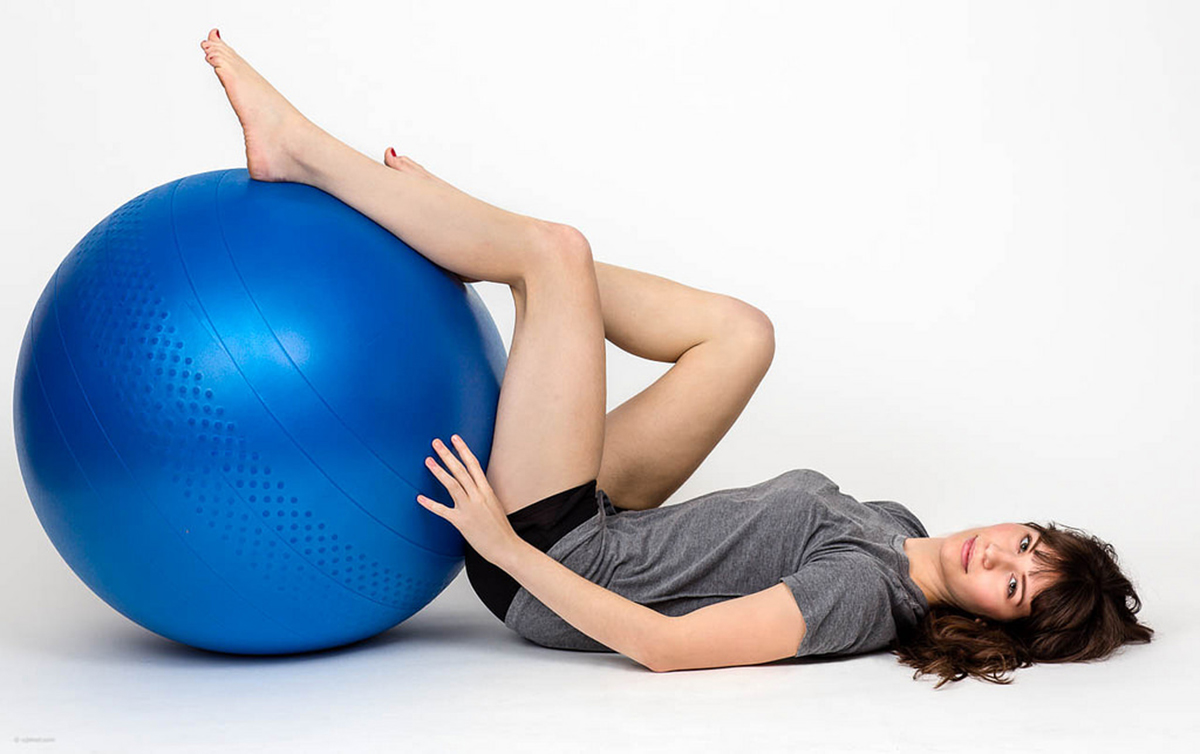Table of Contents
As was said above, women’s hormones go through quite a change from week to week, and this can have some significant effects on the body. For one, during the last two weeks of the menstrual cycle, known as the luteal phase, where the body prepares to excrete an unfertilized egg, the body actually tends to store more muscle glycogen than in the beginning or middle of the menstrual cycle, hence why many women sometimes complain of bloating in the last two weeks of their cycle.

This has very significant effects on exercise and nutrition as not only can this ‘bloated’ feeling reduce the intensity at which athletes can work, but also because it means that a greater amount of carbohydrates that are consumed by a person during this phase can be converted to fat. This could indicate that women may be better served to decrease their carbohydrate intake rather than their fat intake during the final weeks of their cycle if their goal is to maximize fat loss on a diet. A practice which has been shown to be more effective than conventional dieting in a recent study.
Another large difference can be seen in the increased recovery capacity women experience during the final, or luteal, phase of their menstrual cycle when undertaking cardiovascular exercise. This, again, could be due to higher levels of certain hormones, such as estrogen, which is a group of hormones that causes cells to preferentially breakdown fats over carbohydrate for fuel, and, hence, could improve aerobic, long distance performance at the expense of high intensity exercise, as well as recovery from such exercise.
But this added recovery from steady state exercise may come at a cost, as muscle protein breakdown and excretion also seems to increase during the luteal phase of the menstrual cycle. So, while recovery from aerobic exercise may be improved during the final phases of the menstrual cycle, this may not be an ideal time to increase strength training, as muscle protein synthesis will be negatively affected throughout this period. This, consequently, could also be a good time to increase protein intake.
Putting it into practice
So, now that we have a pretty good concept of how the menstrual cycle can affect hormone levels in women, and how this can then impact someone’s response to exercise or how they use or store different types of nutrients, we can make some recommendations to help minimize some of the negative effects of the menstrual cycle during certain exercises, i.e. increased muscle protein breakdown during certain phases.
READ Vitamin B Rich Diet Lowers the Risk of Premenstrual Syndrome
We can also use the above information to help maximize the benefits of the menstrual cycle, i.e. improved recovery capacity and fat utilization. With that in mind, here are a few science based recommendations to help maximize exercise performance, improve weight and fat loss, and help improve recovery from exercise:
-
Keep most strength training to the first two weeks of the cycle to maximize strength and lean muscle development.
-
During the last two weeks, keep the intensity of any cardiovascular exercise low and steady in nature, i.e. 30 minutes of cycling at a steady pace rather that interval training or high intensity strength training.
-
During the last two weeks of the cycle, reduce carbohydrate intake around 10% while increasing protein intake by 10-20%.
-
Also, if completing strength training, a higher volume (up to 5 days of training per week) may be well tolerated during the first two weeks of the cycle, provided that volume is then reduced in the last two weeks (to around one session per week).
- 1. Blaak, E. (2001). Gender differences in fat metabolism. Current Opinion in Clinical Nutrition & Metabolic Care, 4(6), 499-502.
- 2. Fulco, C. S., Rock, P. B., Muza, S. R., Lammi, E., Cymerman, A., Butterfield, G., ... & Lewis, S. F. (1999). Slower fatigue and faster recovery of the adductor pollicis muscle in women matched for strength with men. Acta Physiologica Scandinavica, 167(3), 233-240.
- 3. Galliven, E. A., Singh, A., Michelson, D., Bina, S., Gold, P. W., & Deuster, P. A. (1997). Hormonal and metabolic responses to exercise across time of day and menstrual cycle phase. Journal of Applied Physiology, 83(6), 1822-1831.
- 4. Lamont, L. S., Lemon, P. W., & Bruot, B. C. (1987). Menstrual cycle and exercise effects on protein catabolism. Medicine and science in sports and exercise, 19(2), 106-110.
- 5. McCracken, M., Ainsworth, B., & Hackney, A. C. (1994). Effects of the menstrual cycle phase on the blood lactate responses to exercise. European journal of applied physiology and occupational physiology, 69(2), 174-175.
- 6. Ortner, D. J. (1998). Male-female immune reactivity and its implications for interpreting evidence in human skeletal paleopathology. Sex and gender in paleopathological perspective. Cambridge: Cambridge University Press. p, 79-92. 7. Riley III, J. L., Robinson, M. E., Wise, E. A., & Price, D. (1999). A meta-analytic review of pain perception across the menstrual cycle. Pain, 81(3), 225-235.
- 8. Wojtys, E. M., Huston, L. J., Lindenfeld, T. N., Hewett, T. E., & Greenfield, M. L. V. (1998). Association between the menstrual cycle and anterior cruciate ligament injuries in female athletes. The American Journal of Sports Medicine, 26(5), 614-619.
- Photo courtesy of rethwill: www.flickr.com/photos/rethwill/9168113032/
- Photo courtesy of ejmc: www.flickr.com/photos/ejmc/15618667733/


Your thoughts on this